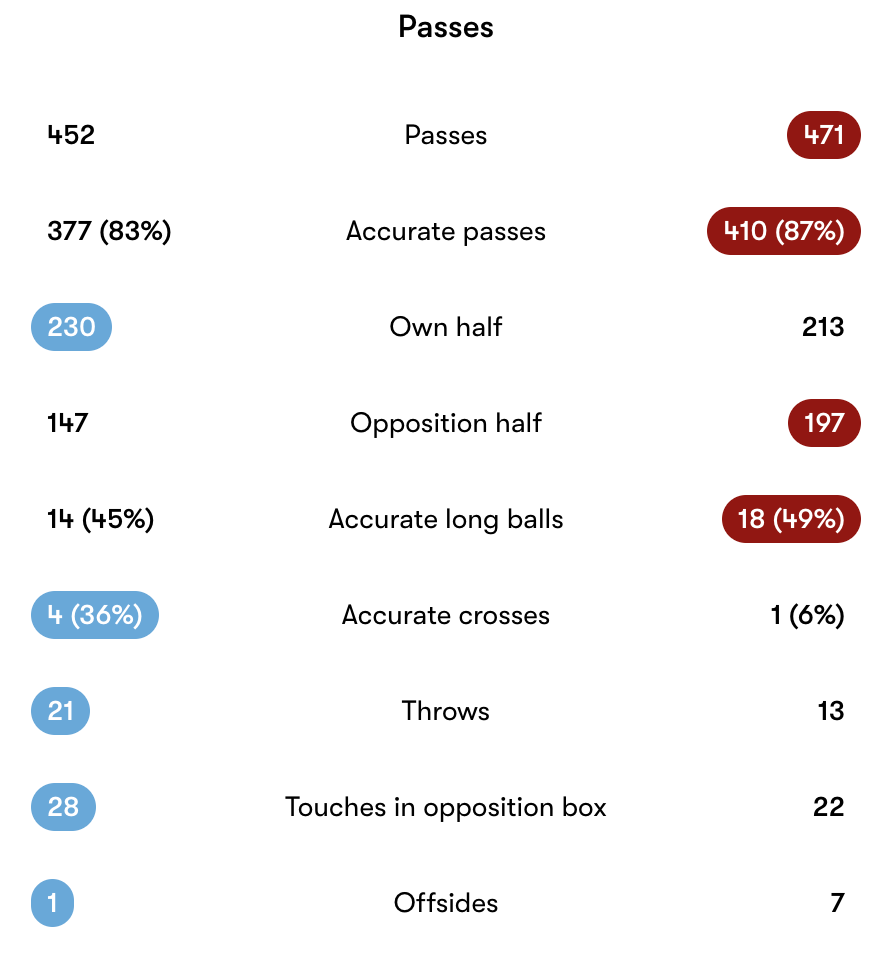Lost in Transition: Why Liverpool’s Away Defeat to Manchester City Exposed Deeper Tactical Issues
Defensive Disorganisation Undermining Elite Ambitions
In what was billed as a heavyweight Premier League clash between champions Liverpool and title rivals Manchester City, it was the hosts who landed every punch. A 3-0 defeat at the Etihad not only marks Arne Slot’s heaviest league loss since taking charge of Liverpool, it also raises serious questions about the tactical clarity, defensive structure and psychological resilience of this team, especially away from home.
While the scoreline stung, it was Liverpool’s disjointed approach and lack of cohesion that truly exposed how far they still have to go in these defining fixtures.
Tactical Disconnection and Predictable Problems
Arne Slot’s decision to go with the same starting eleven that faced Real Madrid was presumably meant to provide continuity. Instead, it felt like a misread. Manchester City lined up with a shape that should not have caught anyone off guard. They had played narrow against Bournemouth with inverted fullbacks and congested midfield spaces. Yet Liverpool played as if they had never seen it before.
From the opening minutes, Liverpool looked caught between instructions. When Szoboszlai initiated a press in the sixth minute, Ryan Gravenberch hesitated. Concerned about Haaland drifting into space, he stayed back, breaking the sequence. The consequence was immediate. City bypassed the press, found the gap, and progressed play into Liverpool’s penalty area. No shot resulted from the move, but it set the tone. Liverpool were not pressing as a unit.
This disunity reappeared throughout the match. Off the ball, Liverpool had neither the conviction nor the coordination to commit to their press. On the ball, they circulated possession with little purpose. Their 52% possession often amounted to nothing, frequently cycling it back to the centre-backs and allowing City to reset. At times, it was as if Liverpool were playing into Guardiola’s hands, offering City the chance to creep into position, then suffocate play with their structure.
Midfield Mismatch and Lack of Clarity
In theory, Liverpool’s 4-2-3-1 shape could have handled City’s narrow overloads if executed with clarity. In practice, it created confusion. The midfield lacked a defined pivot, and players appeared unsure of their roles when tracking runners. Gravenberch seemed torn between pressing forward and staying tight to Konate. Szoboszlai frequently looked isolated in his efforts to engage high.
The biggest issue was that there seemed to be no organised response to the numerical overloads City created centrally. Time and again, Bernardo Silva, Foden and Gonzalez found space between Liverpool’s midfield and defensive lines. The Reds’ pressing triggers were inconsistent, and out of possession they lacked structure.
Slot’s approach resembled the same model used against Madrid and Aston Villa. But where those games allowed Liverpool to dictate tempo, this one required adaptability. With City flooding the centre, Liverpool needed either a man-marking press or a compact six-man block to deny space. Instead, the midfield floated between lines without disrupting play.
Defensive Errors and Mental Fatigue
Liverpool’s defending was reactive rather than proactive. City’s first goal, originating from their own left-back corner, was a perfect example. Liverpool lost three duels in that single sequence. The ball eventually made its way across the pitch to Nunes, who delivered for Haaland to score. Van Dijk and Robertson miscommunicated, Gravenberch did not track his runner, and Konate failed to contest the cross effectively.





